Arab Druze community in mourning after tragic rocket strike on Golan Heights soccer field − highligh
Druze are often held up as the best-integrated of Israel’s Arab minorities. But members of the faith who live in the Golan Heights have an especially complicated relationship with Israel.
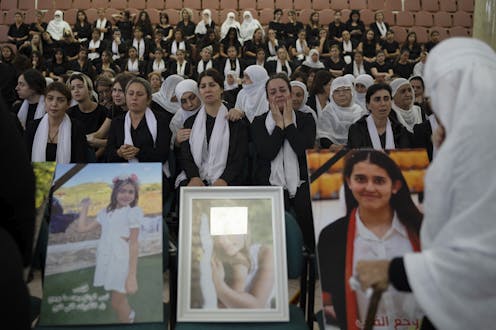
The village of Majdal Shams has been in mourning since July 27, 2024: the day a rocket hit a soccer field, killing 12 children and wounding tens more.
Throughout Israel, people have been outraged at the strike – the deadliest day for the country’s civilians since the Hamas-led massacre on Oct. 7, 2023, sparking the current war. But Majdal Shams is home to a community whose relationship with Israel is doubly complicated: Druze residents of the Golan Heights, which Israel captured in 1967 and annexed in 1981.
The Druze, an ethnic and religious group, live throughout the Middle East. In Israel, they are considered the most integrated of the country’s Arab minority. However, they have faced discrimination and have struggled to define their place in Israeli society – particularly since 2018, when the country passed a law affirming its identity as the state of the Jewish people.
I’m a historian and political scientist focusing on modern Israel and ethnic minorities, including the Druze. As a Druze myself, I am deeply connected to the rich history, culture and complex dynamics of my community within Israel and the broader region.
The Druze worldwide
The Druze, a monotheistic faith known as al-Tawhid, or Unitarism, originated around 1000 C.E. in what is now Egypt. For a short period, the faith’s leaders extended “al-da'wa,” or “the call,” inviting people to embrace the new faith.
Since then, however, one must be born to Druze parents to be considered a member. Outsiders are not allowed to convert.
The Druze share some traditions with other Muslims and Arabs, such as celebrating the holiday of Eid al-Adha and following similar dietary restrictions. The central tenet of the Druze faith is the belief in the reincarnation of the soul after death, which helps maintain a sense of unity and identity among the Druze across borders.
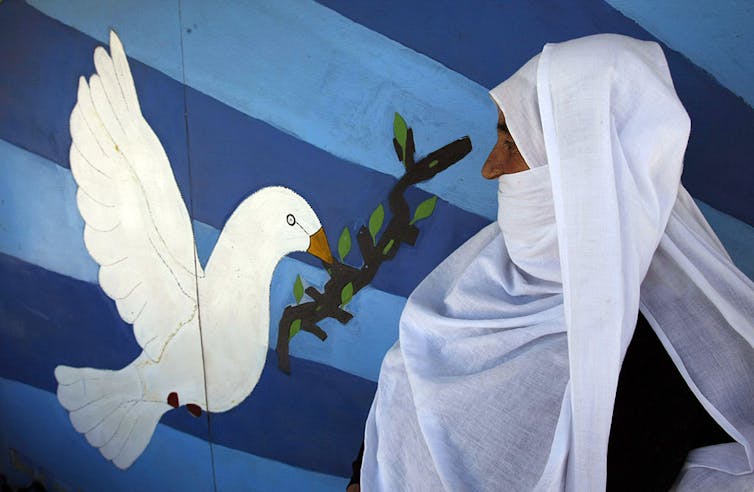
The total number of Druze worldwide is uncertain, with estimates between 1 and 2 million people. The majority reside in the Middle East, particularly in Syria, Lebanon, Israel and Jordan. Druze diaspora communities can be found in various countries in Europe, North America and South America, as well as Australia.
The Druze in Israel
The Druze presence in the region of Palestine, which is now Israel and the Palestinian territories, was once robust but waned by the end of the Ottoman period. In the first half of the 20th century, during the British Mandate for Palestine, the Druze population was less than 10,000.
Following the 1948 Arab-Israeli War – what Israelis call the War of Independence and Palestinians call the Nakba, or the “catastrophe” – the Druze were permitted to remain in their villages in the newly established state of Israel.
As of 2024, the Druze population in Israel, including the Golan Heights, is approximately 152,000 – less than 2% of the country’s population. The vast majority reside in Druze-majority villages and towns.
The majority of Druze in Israel identify as Druze, Arab and Israeli. Like most Jewish citizens, Druze men are obliged by law to serve in Israel’s military, which has contributed to their integration into Israeli society and politics.
In recent years, many Arab-majority localities have experienced improvements due to increased government funding for education, public transportation and other services. Like other Arabs in Israel, however, the Druze face disparities in employment, income and access to essential services compared with Jewish Israelis.
At the top of these struggles are increasing crime rates and lack of housing.
For example, the 2017 legislation called the Kaminitz Law allowed the government to take tougher measures against illegal construction, including demolishing homes and levying expensive fines. Arab-Palestinian citizens, including the Druze, accuse officials of disproportionately targeting their communities. They argue that by not investing as much in planning housing in Arab-majority areas, the government leaves them no other choice but build on their own private lands without permits.
The passing of Israel’s “nation state law” in 2018 marked a significant juncture for the Druze. Since the country’s founding, it has walked a fine line of being both a “Jewish and democratic” state. But the 2018 law defined Israel as the nation-state of the Jewish people, without defining the country’s democratic characteristics. It downgraded Arabic from an official language to one with “special status” and treats “the development of Jewish settlement as a national value.” Critics feared it could signal further discrimination against the non-Jewish minority, who make up about 20% of Israel’s population, including the Druze.
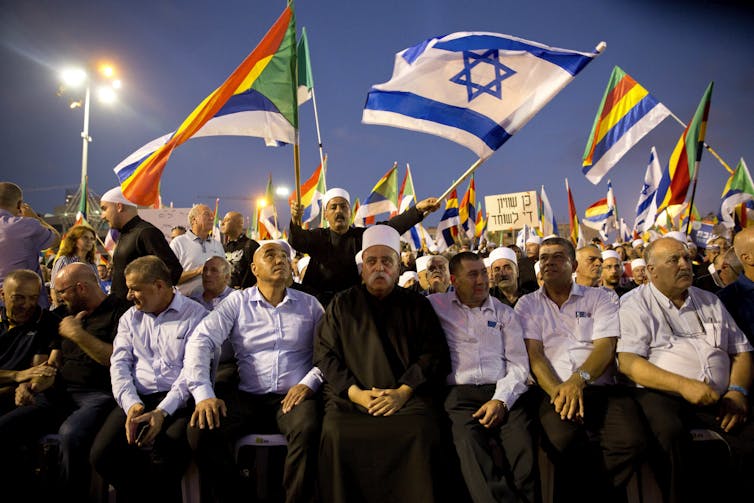
The Druze in the Golan Heights
Israel captured the Golan Heights from Syria in 1967, during the war that Israelis call The Six-Day War, while Arabic speakers call it Al-Naksa, or the “setback.” The area was annexed in 1981, although the United States is the only other country that recognizes the Golan Heights as part of Israel.
The Golan Heights is home to four Druze villages, with about 25,000 residents. Majdal Shams. the site of the July 2024 attack, is the largest.
Traditionally, the Druze of the Golan consider themselves Syrian. Most have refused to become Israeli citizens, even though the Israeli annexation law allows them to do so. However, an increasing number of Druze in the Golan have applied for citizenship in the past decade, and an estimated 20% to 25% are now Israeli.
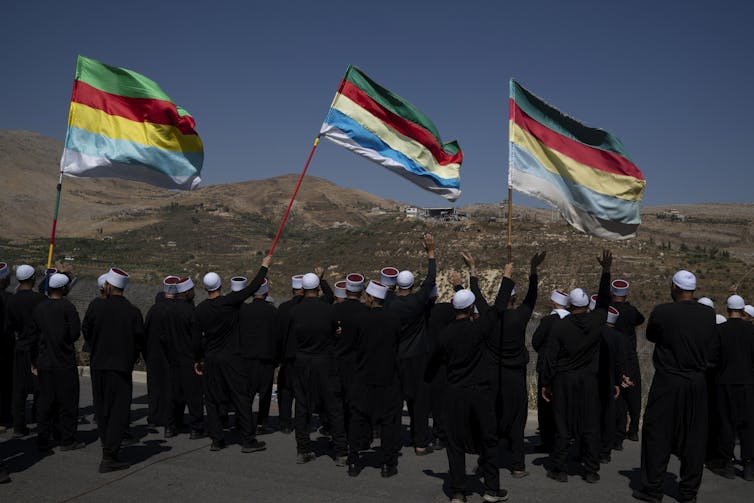
Many Druze from the Golan also attend Israeli universities – a significant shift, since, before the Syrian civil war, they were allowed to cross the border and study in Syrian universities tuition-free.
These changes are attributed to fallout from the conflict in Syria, educational and economic considerations and Israeli policies. For example, municipal elections in the four Druze localities were held for the first time in 2018 – though many Druze in the Golan continue to oppose them, as a statement against Israeli control.
Facing the future
Israel blames Hezbollah for the attack, while the Lebanese militant group has denied responsibility. After the rocket strike, some Druze in Israel called for retaliation, while Druze in the Golan Heights called for calm.
Druze religious leaders in Lebanon, Syria and Israel urged restraint, but they also called for governments and the international community to bring those responsible for the incident to justice and called for the end of the ongoing war in Gaza.
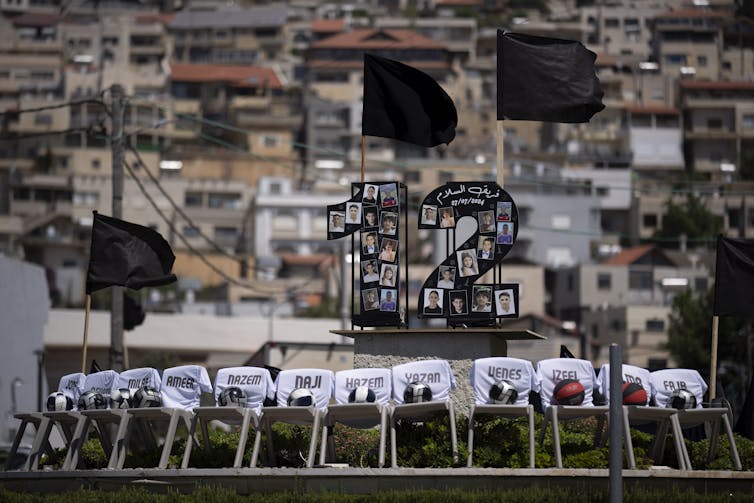
In my view, the attack will affect Druze communities significantly. It might drive the Druze of the Golan further away from their Syrian identity, creating a more shared destiny with Israel. Israel could use this moment to expand the integration of the Druze of the Golan into Israeli society, similar to the other Druze in Israel. On the other hand, the incident could create further rifts within Lebanon and Syria between the Druze and other communities.
Rami Zeedan does not work for, consult, own shares in or receive funding from any company or organization that would benefit from this article, and has disclosed no relevant affiliations beyond their academic appointment.
Read These Next
Sleep problems and depression can be a vicious cycle, especially during pregnancy − here’s why it’s
Inadequate sleep can have negative downstream effects on everyday cognitive functioning and mental health,…
Donor-advised funds have more money than ever – and direct more of it to politically active charitie
When foundations make grants to DAFs, the digital trail normally created instead becomes a dead end.
A Colorado guaranteed income program could help families, but the costs are high
A few hundred extra dollars a month would go a long way for many Coloradans.






